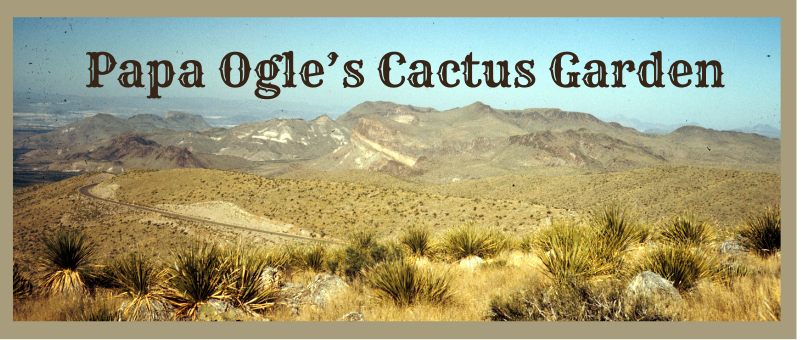
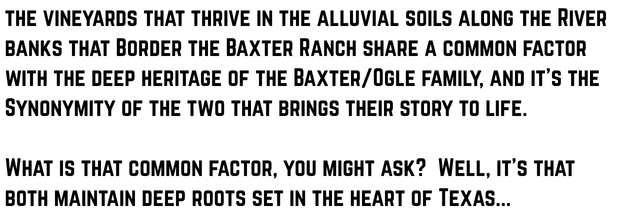
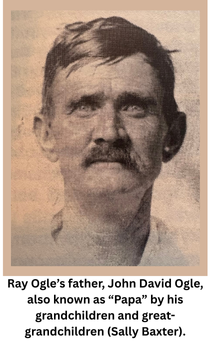
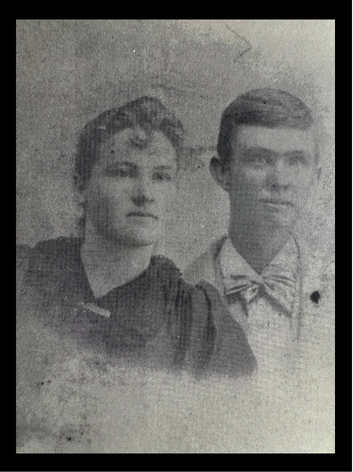
Stretching across the rolling hill country are many bucolic wineries that are sprinkled here and there within the manicured vineyards that line the winding rivers beds in Central and East Texas. Each estate holds its own story with some plantations such as Coordinates, Siboney and Halter Ranch taking the guest’s focus to a history that began in far away places. But every so often, visitors in the Hill Country might stumble across a location that tells the stories of deep roots within the Lone Star State and the intertwining of family, heritage, history and the raw grit that it took to build this glorious state. Estates such as Blumenthal, Grape Creek and Baron’s Creek are named for historical landmarks in the Hill Country and bring to life stories of the past locations, otherwise easily overlooked. Signor and Wildseed both have histories of horticultural endeavors in SE Texas that enriched this beautiful state and eventually led to the discovery of a passion in viticulture and oenology.
But, when it comes to true Texas heritage and stories that are wound within the deep roots of the legend and lore that swirl within the heart of the Lone Star State, nothing can match the historic accounts that roll off of the Baxter Ranch in Lampasas County. Steve and Sally Baxter, owners of Arch Ray Resort and Fiesta Winery, can share a tale or two from either side of their family that extends at least six generations or more in the great state of Texas. It’s on the old family homestead where the modern-day vineyards now thrive. For Steve and Sally Baxter, the family stories of the past are what brings the land to life and centers the main focus of both of their estates on their deep roots bearing the fruit of Texas heritage and a unique way of life.
Legends and Lore in the Lone Star State: The Early Years
After spending an abundant amount of time searching the caves in the modern-day area of Carlsbad Caverns for an infestation of the Brazilian free-tailed bat colonies that thrived within many veins of the expansive cavernous system, John David Ogle (Sally Baxter’s great-grandfather), known to his family as Papa, developed a deep love for the open and arid land of West Texas, which was located just south of the caverns. It was in this area that he and his long-time friend, Mr. Meyers, spent much time harvesting large hauls of the very popular nitrogen-rich bat guano in the labyrinth of chambers that formed the underground system of caves. During those years of spending the days inside the cool caves and the evenings camping underneath the expansive starry night sky that John David eventually made the decision to move his family from San Angelo to begin ranching in the far reaches of the remotest corner of Texas where the air was dry and any curious adventurer could see for miles from atop even the most modest of hills.
It was in 1916 that Mr. Ogle purchased that first piece of land near Pulliam Creek in the Big Bend area. Over the next twenty years, the family spent much time living off of the land by planting and harvesting turnips and butter beans, finding odd jobs here and there, trapping wild life to provide meat for the table as well as animal skins to sell, and, as the story goes, they moved often – something that many people were forced to do as a survival tactic during the Great Depression. But, one of the most important life skills that made a difficult world a little bit easier to endure was the connection between neighbors and the coming together of community to help one another through a shared time of hardship. When it came to neighborly affection and building meaningful relationships, that was one thing in that the Ogle family was very proficient. Though the family quickly built a lasting companionship with many who lived on the surrounding ranches wherever they lived at the time, one of the most significant friendships was the one that John David developed with Ross Maxwell.
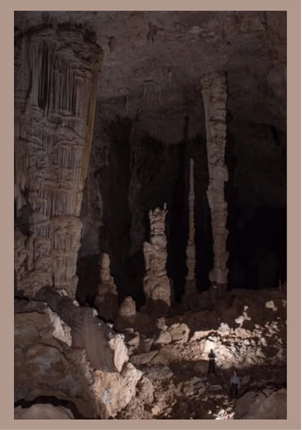
Photo credit: Carlsbad Caverns National Park Archives
A Friendship Begins…
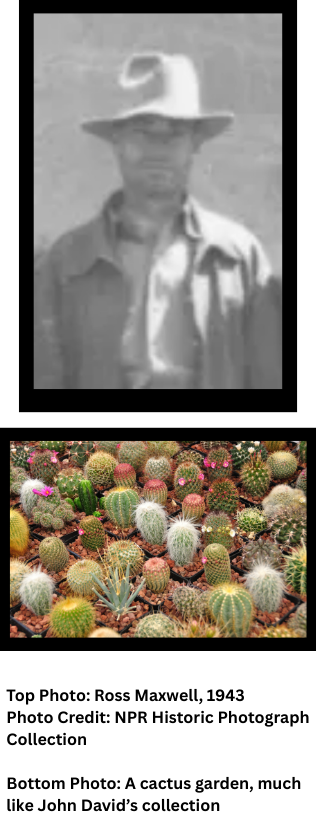
Ross Maxwell (1904-1993) was originally from Sparks, Oklahoma. He earned a doctoral degree in geology from Northwester and then moved to the Big Bend area in 1936 to work for the National Park Service by surveying the vast region and creating documentation of the land for the government. Nine years later, because of his knowledge of the region, Maxwell was chosen to become the first Superintendent of Big Bend National Park in 1945 and eventually became a professor of Geology at UT Austin.
John David Ogle met Ross during the first year that he came to Texas and they quickly became close friends. In between the years when he surveyed Big Bend and when he was promoted to the Superintendent position, Maxwell worked at National Monument sites in Arizona and would often travel overseas as he performed different geological surveys in various regions of the world. It was during his time in Arizona and visiting the many foreign lands that Ross would periodically return to visit his friend, John David.
The Ogles quickly learned that few things naturally flourished in the Big Bend Country; that is, few things except yucca and cacti. Papa Ogle developed a late-in-life hobby of growing a cactus garden at the old place at Tornillo Creek in Brewster, County, and he began his tiny farm by collecting indigenous succulents from the surrounding area. He and Ross Maxwell shared a passion for the numerous succulents that grew in the area and they would spend hours sitting amongst the small garden discussing “the weather and the price of cotton”.
As time passed, Ross Maxwell would often stop in at the area of Big Bend after returning from one of his exciting adventures as he galavanted the world. He would often bring with him exotic cactus (before it became environmentally unacceptable) from far away places for John David to add to his growing collection. When Maxwell would spot an unusual species growing in uncharted places of the earth, he would place it in a tiny pot to make the long journey to its new home in the arid wastelands of Texas. John David always looked forward to Maxwell’s visits when he would receive the unique gifts from his friend, but little did he know that this long-tenured friendship combined with his natural touch for nurturing the flourishing dessert flora would become an unexpected blessing in his later years.
Legends and Lore in the Lone Star State: A Life-Changing Gift
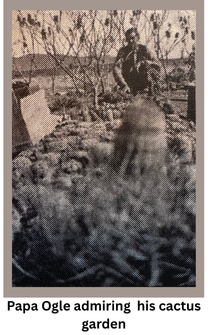
In 1931, John David’s beloved wife, Mamie (m. 1894 Sherwood, TX), had a devastating stroke. He took her to the doctor to see what could be done to help her recover, but, it was during that visit that John David discovered his own diagnosis of mouth cancer. Following Mamie’s passing, Papa continued to tend his nursery of cacti as a way of bringing peace in the midst of grief and helping him to forget his own diagnosis. Yet, what had begun as a hobby along the Tornillo Creek riverbank eventually turned into an unexpected blessing.
As he continued to expand his cactus patch, carefully and diligently multiplying the gifts brought by his friend over a period of so many years, an idea occurred to John David. He approached an acquaintance in Boquilla and asked him to make some goblet-shaped pots just big enough for a single small cactus. When he received the order, he began to dig up a few of the succulents, plant them in the pots and then load up his truck bed with as many of the tiny pots that would fit. Heading east to the big city of Houston, he would find a busy street corner and set up a make-shift shop or even travel door-to-door in a few neighborhoods. It was there that he would sell the beautiful spiny creations in a Coastal Region market where cacti were considered rare and exotic. The money he would raise from selling his beloved crops would be used to fund his cancer treatments for over a decade, giving him extended years that he might not have had otherwise.
The unusual souvenirs gifted by his neighbor and friend, Ross Maxwell, turned out to be a gift that would change the Ogle family’s lives, especially John David’s. He died January 21, 1941, ten years and ten days after his diagnosis and just six years after meeting Ross Maxwell. The legacy of the cactus garden was a lasting memory given to the family as a reminder of the importance of community and friendship and the endeavor to thrive in the face of hardship, a trait that is still alive today in the unique culture found in Texas and a foundational element that thrives within Arch Ray Resort and Fiesta Winery.



